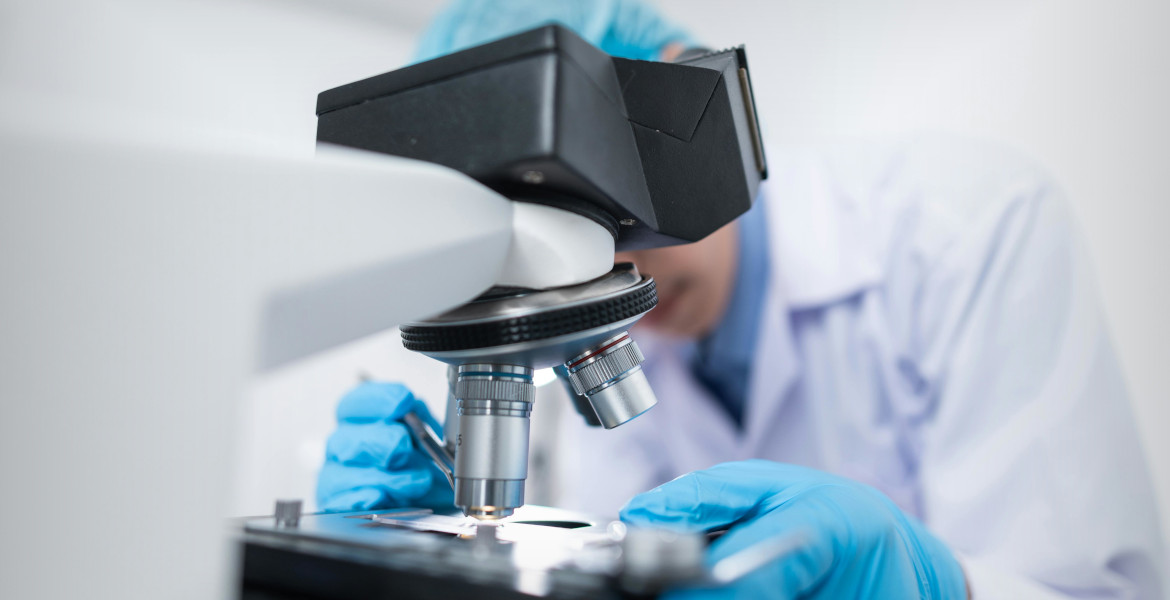After 136 years of speculation, author and researcher Russell Edwards believes he has identified notorious serial killer Jack the Ripper as Polish-Jewish immigrant Aaron Kosminski.
New DNA analysis has linked Kosminski to one of the murder scenes, which could be the decisive piece of evidence in the more than 100-year-old unsolved serial killer case.
Russell Edwards, who has studied the Ripper case for nearly 30 years, uses DNA evidence from a shawl belonging to one of the victims, Catherine Eddowes, in his latest book Naming Jack The Ripper: The Definitive Reveal.
The shawl, which was recovered at the time of the murder, was reportedly covered in blood and semen stains. By comparing these with DNA from surviving relatives of both the victim and Kosminski, Edwards has found matching results.
Edwards says the new findings are definitive proof that Aaron Kosminski was identical to Jack the Ripper, emphasizing that previous attempts to solve the mystery lacked this kind of scientific evidence.
Aaron Kosminski, who was also one of the prime suspects at the time of the 1888 Whitechapel murders, was a Polish immigrant who moved to east London to escape Jewish persecution in Eastern Europe.
Kosminski, who was considered to have a "strong dislike of women and especially prostitutes", was identified as a possible perpetrator in the so-called Macnaghten Memorandum of 1894.
However, the absence of tangible proof and the prevailing sentiment of avoiding any implication of anti-Semitism meant that the authorities were unable to make an arrest.
Detectives believed he harboured a "great hatred of women, specially of the prostitute class, and had strong homicidal tendencies" https://t.co/YYqNedDOoj pic.twitter.com/UKmbRkXZ6F
— Daily Express (@Daily_Express) October 8, 2024
Kosminski an early suspect
The DNA analysis performed on the shawl showed a positive match with an unknown descendant of Eddowes. In addition, a match was confirmed between DNA from the semen stains and a surviving relative of Kosminski's sister.
The shawl was purchased by Edwards at an auction in Bury St Edmunds in 2007. It had been passed down through several generations in a family linked to a police officer who worked at the murder scene.
The officer, Amos Simpson, reportedly took the shawl as a "macabre gift” to his wife after Eddowe's body was taken to the morgue.
In his book, Mr. Edwards notes that he was surprised to find such an ornate silk scarf, decorated with flowers, among the belongings of Ms. Eddowes, given her poverty and alcohol addiction. The design and dyes used appeared to be similar to those produced in St. Petersburg at the time. This led Mr. Edwards to consider the possibility that it might have belonged to Ripper suspect Kosminski, who hailed from the Russian empire.
To create an even more detailed picture of the killer, Edwards also used advanced facial reconstruction techniques based on old family photos from Kosminski's relatives. The result shows a young man with short hair, pronounced cheekbones and an intense gaze.
It is, according to Edwards, the most accurate image yet of Jack the Ripper.
Jack the Ripper breakthrough as DNA 'finally unmasks serial killer' https://t.co/1ZNZSqvcZH
— Hoppe (@Hoppe1943) October 8, 2024
The Masonic connection
Russel Edwards also suspects that Kosminski's brother's Masonic connections were probably what prevented his arrest and that the political and ethnic intention that London's Jewish diaspora needed to be protected from anti-Semitism.
More damagingly for Kosminski, the killer left another clue at Eddowes' murder scene. Nearby was scrawled in chalk the mysterious phrase "The Juwes are the men that will not be blamed for nothing" - with the word "Juwes", as opposed to "Jews", spelled in Masonic fashion.
Kosminski was never arrested and in 1890, after suffering a suspected schizophrenic breakdown in which he threatened his sister with a knife, he was admitted to Colney Hatch insane asylum in north London.
He died 28 years later at Leavesden Asylum in Hertfordshire.
The Jack the Ripper case
- Crime period: August-November 1888
- Location: Whitechapel, east London
- Victims: At least five women, all prostitutes, were brutally murdered in what are known as the Canonical Murders. The victims were: Mary Ann Nichols, Annie Chapman, Elizabeth Stride, Catherine Eddowes and Mary Jane Kelly.
Characteristics of the murders
All of the victims had their throats cut and some had internal organs removed, giving rise to theories that the killer had anatomical or surgical knowledge. Three of the women - Chapman, Eddowes and Kelly - also had body parts removed.
Police investigated a total of 11 murders of women in Whitechapel between April 1888 and February 1891, but it is generally agreed that only five of them were definitely carried out by Jack the Ripper.
Jack the Ripper has remained unidentified for over a century. Many theories have been put forward, but none have yet been proven.
The Aaron Kosminski theory
Aaron Kosminski, a Polish-Jewish immigrant and early suspect, has been identified as the killer through DNA evidence from one of the victims' shawls in a new book. Kosminski was never brought to justice and died in a mental hospital in 1919.
The Jack the Ripper case remains one of the world's most famous unsolved crimes, with extensive research and speculation for over 130 years.





